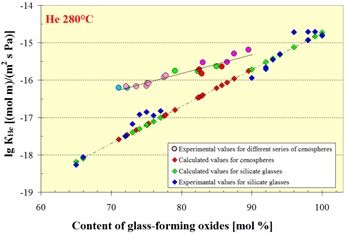
Alexandr G. Anshits
Institute of Chemistry and Chemical Technology, Russia
Title: Glass-Crystalline Membrane Materials for Helium and Hydrogen Capture Based on Fly Ash Cenospheres – a New Trend in Utilization of Coal Power Plant Waste
Biography
Biography: Alexandr G. Anshits
Abstract
The multicomponent composition of coal power plant fly ashes is a serious limitation in their bulk utilization. Cenospheres, are one of the microspherical components of fly ash, which are potentially suitable for the development of materials for different purposes. In recent years, new functional materials were developed based on a detailed characterization of narrow fractions of cenospheres with specific composition and structure. Among these materials are highly selective microspherical membrane materials for the production of high-purity helium and hydrogen, highly effective composite sorbents for long-term isolation of radionuclides in mineral-like forms, magnetically controlled encapsulated pH-sensitive spin probes for the examination of biological objects, and sensitizers of emulsion explosives capable of replacing hollow synthetic microspheres. One of the promising directions is using cenospheres as highly selective membrane materials for the production of high-purity helium and containers for storage and transportation of hydrogen. It was established that the permeability coefficients for the glass phase of cenosphere shells from different fly ashes are directly proportional to the content of the glass-forming oxide SiO2 in it. The experimental values of the permeability coefficients significantly exceed those for homogeneous silicate glasses for helium and hydrogen by a factor of 3‒24 and 12‒111, respectively. This fact can be explained by an essential difference between the states of two types of glass phases formed under substantially different conditions. The homogeneous glasses are formed under long-term annealing conditions at a constant temperature. Thin shells of the cenospheres have a fragmentary structure, which was formed as a result of the coalescence of molten microdroplets (1.0–2.5 μm) of an aluminosilicate precursor under conditions of high temperature gradients. The glass phase of the cenospheres thus formed differs significantly from the homogeneous glass phase, primarily, by the free-space geometry, which has a critical influence on the process of gas diffusion.


